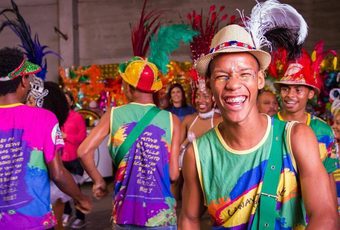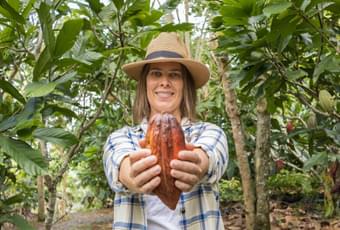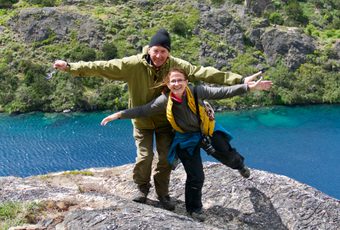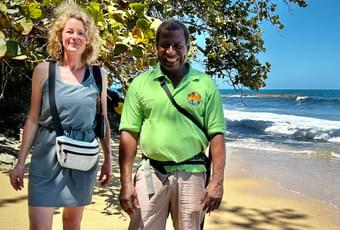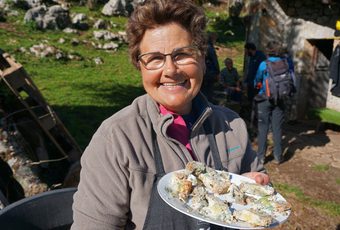Spring in the Azores: April to June
Spring equates to April through June and is a wonderful time of the year to visit the Azores.
At this time of the year, the temperatures are becoming milder, typically between 61–68 °F. Days are getting nice and long, with sunset as late as 21:00 in June. The seas are calmer and water temperatures tick upwards to more or less mirror the air temperature. Winds are lighter, clouds are clearer and rainfall less common than in winter.
Flowers are also beginning to bloom nicely and, best of all the migratory whale species pass through. More on that below.
The general rule is, the later in spring you go, the better the conditions become. The hydrangeas are really hitting their stride in late May and June. As spring goes on, the tea harvest in São Miguel really gets going, too. As sea temperatures rise, you can also start to swim in the natural seawater pools and off some beaches.
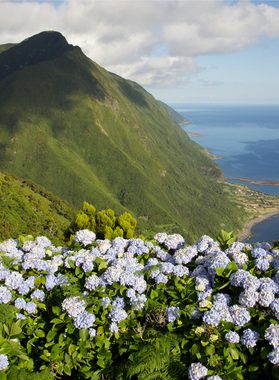


Whales in Spring
The archipelago is home to 28 species of whales and dolphins. On a typical tour, you usually see 2-3 different species, but that number can go up or down depending on the day.
Sperm whales, and Risso’s, bottlenose and common dolphins are here all year round.
Migratory patterns are fairly predictable, but not guaranteed. The norm is that Blue, Fin and Sei whales will migrate through from April into early June, en route to Scandinavia.
The wonderfully zippy and sociable Atlantic spotted dolphins start to arrive towards the end of May.
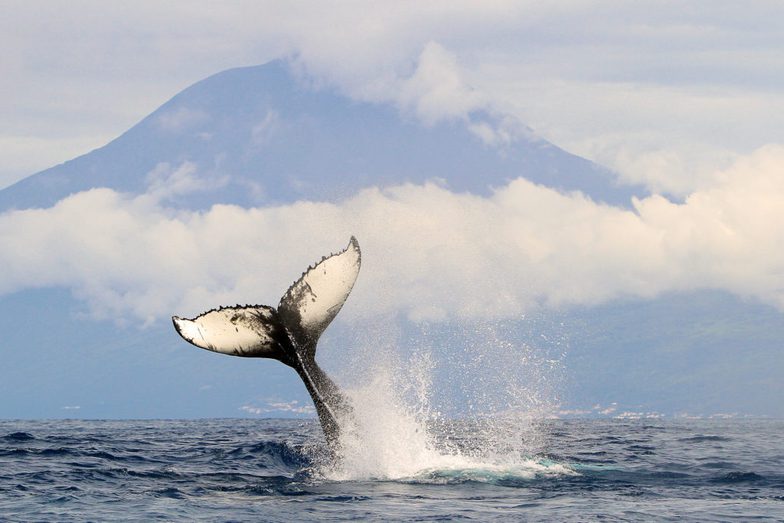
Humpback whales, the ones most likely to breach spectacularly, and Pilot whales are most commonly seen in April and May.
Therefore, April and particularly May are wonderful times for whales, and June has a lot going for it too!
Cagarro calls
From March onwards, thousands of Cory's Shearwaters, known locally as ‘cagarros’, return to cliffs, islets and rocky shores to breed, having overwintered at sea as far away as Brazil. Once reunited with their mates, they will settle down to the business of breeding during April and May, building a nest in rock crevices or burrows and raising their chicks over the summer months.
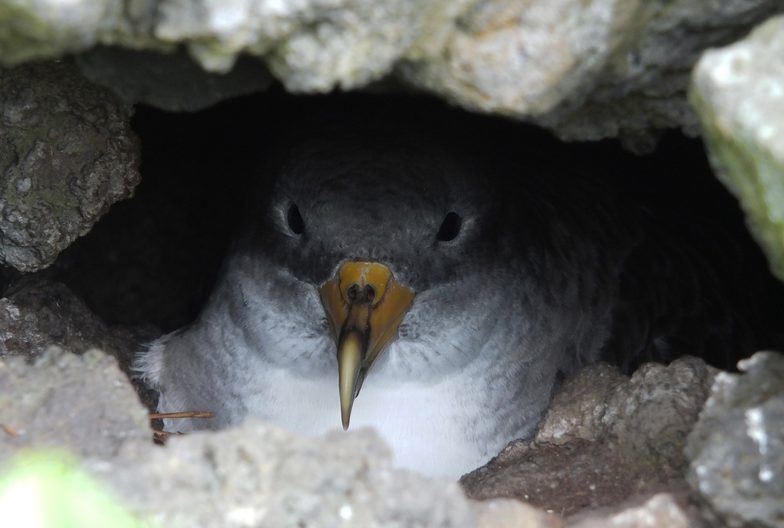
The birds might not be the biggest or most colorful to look at, but their calls certainly make up for that. Female calls tend to be lower and raspier, males more whiny and higher-pitched. When added together, with dozens of mating pairs all trying to make themselves heard and other males calling out to passing females in the hopes of attracting a mate, the whole thing becomes a bit bonkers.
The birds provide part of the soundtrack to the central islands of Pico, Faial and São Jorge from spring through summer. They start just after dusk and can go on through the night. It is an incredible experience, one that usually begins with one of you saying to the other, "What on earth is that noise?!" Seriously, Google it. It's a real treat and something you'll never forget.
